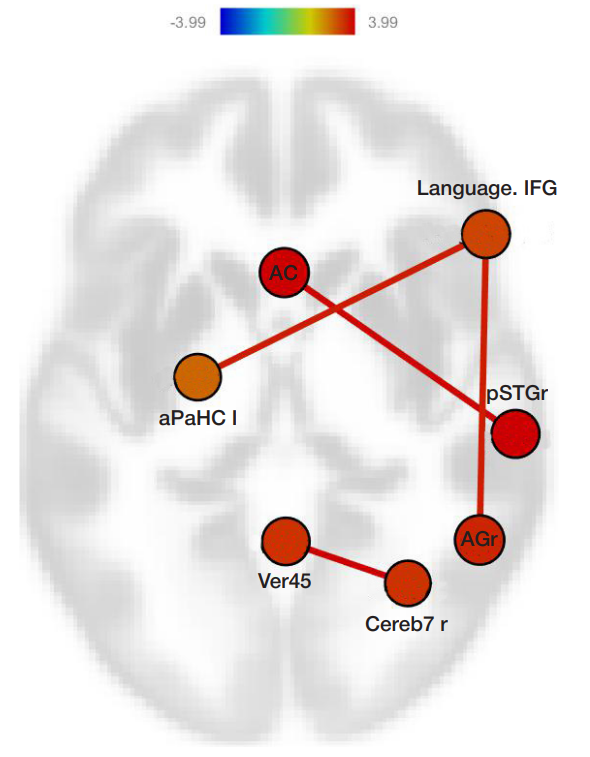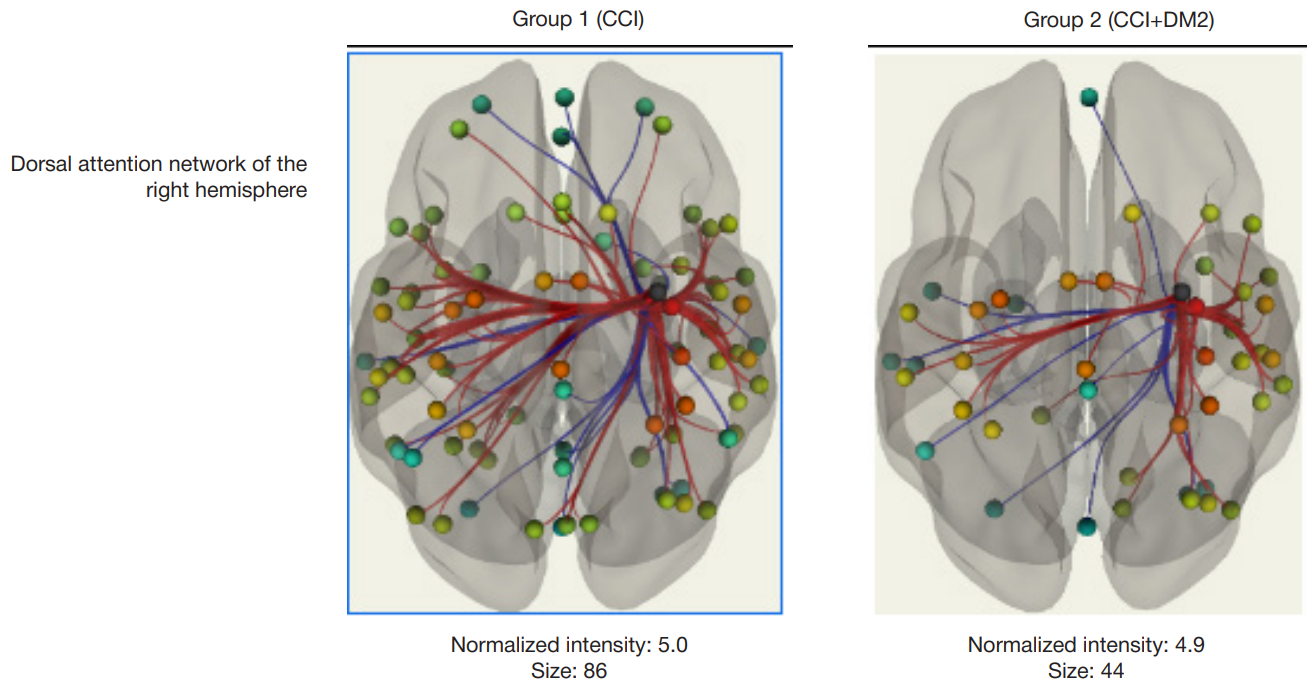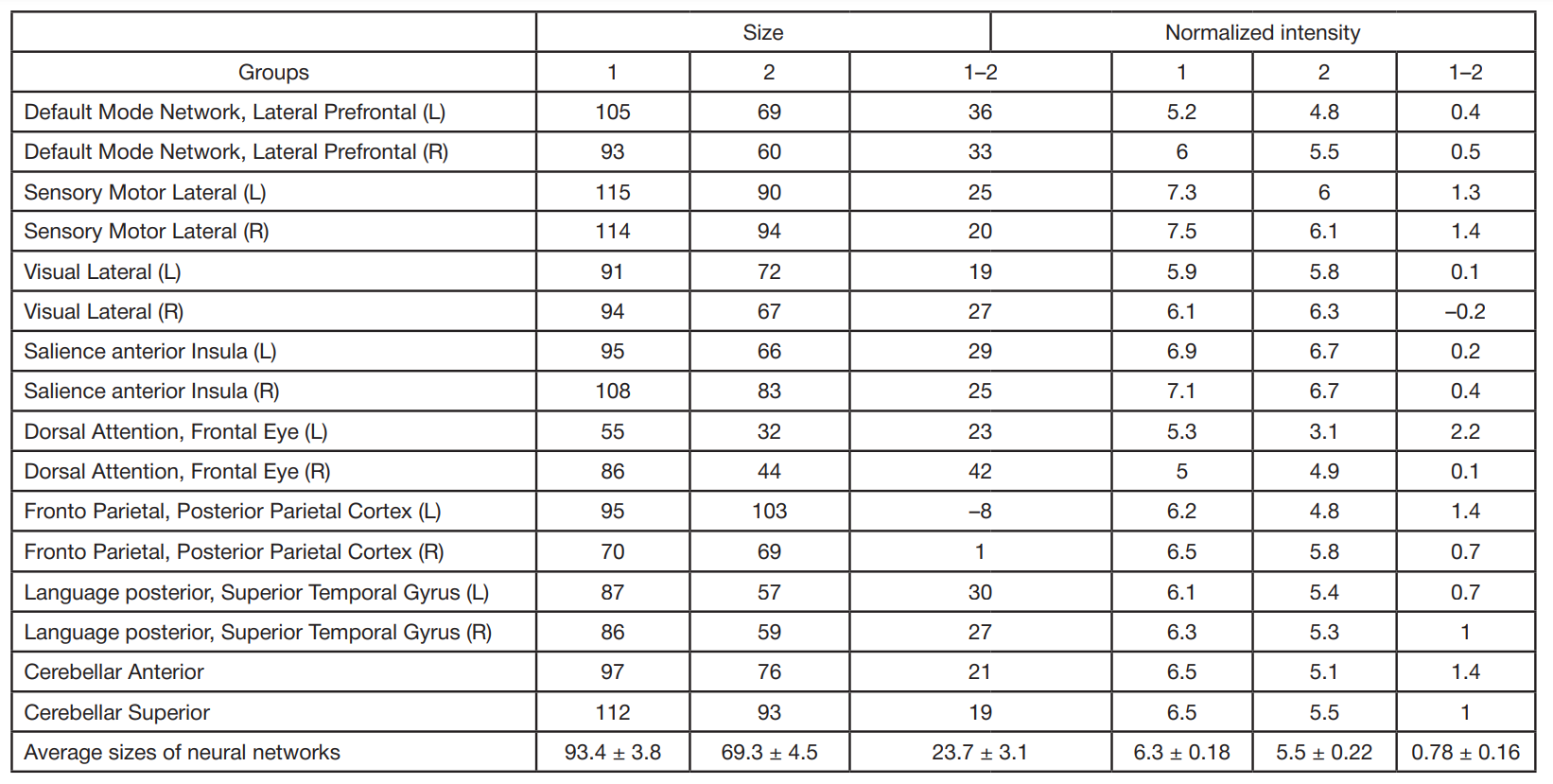
This article is an open access article distributed under the terms and conditions of the Creative Commons Attribution license (CC BY).
ORIGINAL RESEARCH
Cerebral neural networks in cases of concomitant chronic cerebral ischemia and type 2 diabetes mellitus
Research Center of Neurology, Moscow, Russia
Correspondence should be addressed: Vitaly F. Fokin
Volokolamskoye shosse, 80, Moscow, 125367, Russia; ur.liam@fvf
Funding: the study was supported through the grant by RSF 22-15-00448.
Author contribution: Fokin VF — article authoring; Ponomareva NV — design of physiological and neuropsychological tests, general design of the study; Konovalov RN — design of neuroimaging evaluation; Shabalina AA — biochemical tests; Medvedev RB — dopplerogaphy; Lagoda OV — clinical tests; Boravova AI — psychophysiological tests; Krotenkova MV — management of neuroimaging evaluation; Tanashyan MM — management of clinical tests, general design of the study.
Compliance with ethical standards: the study was approved by the local Ethical Committee of the Research Center of Neurology (Minutes #5-6/22 of June 1, 2022). All participants submitted signed informed consent forms.






